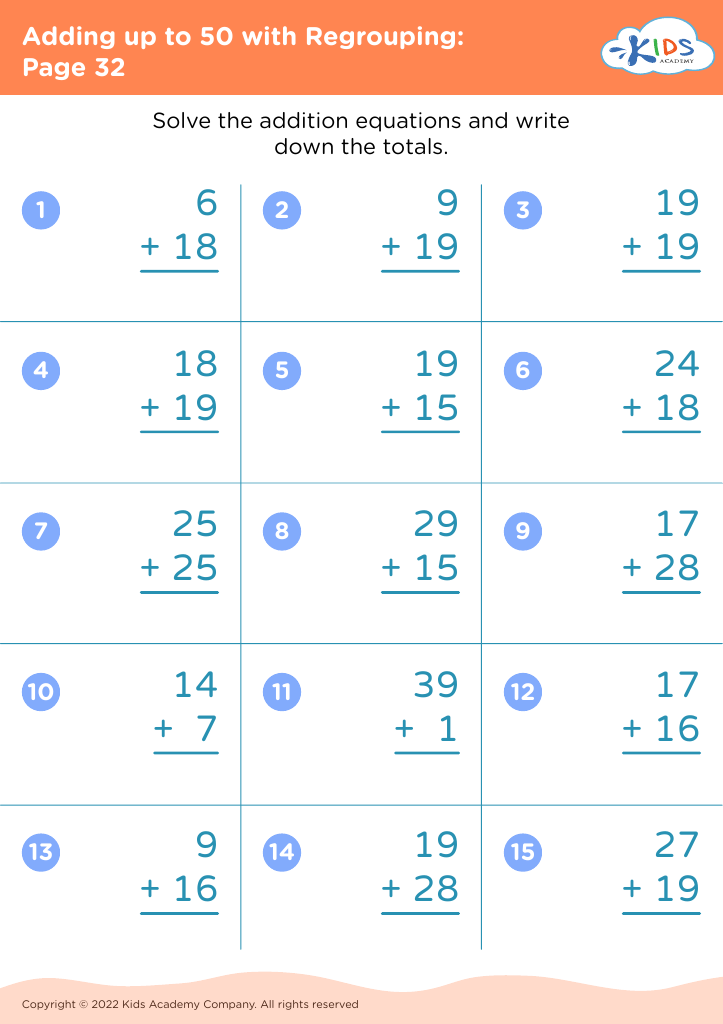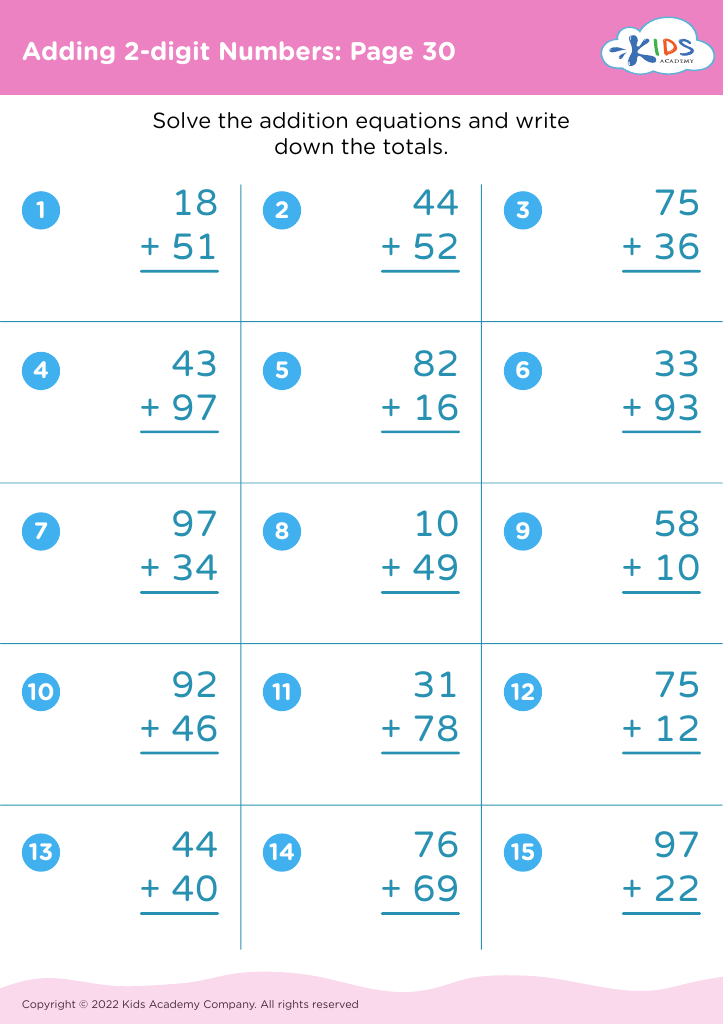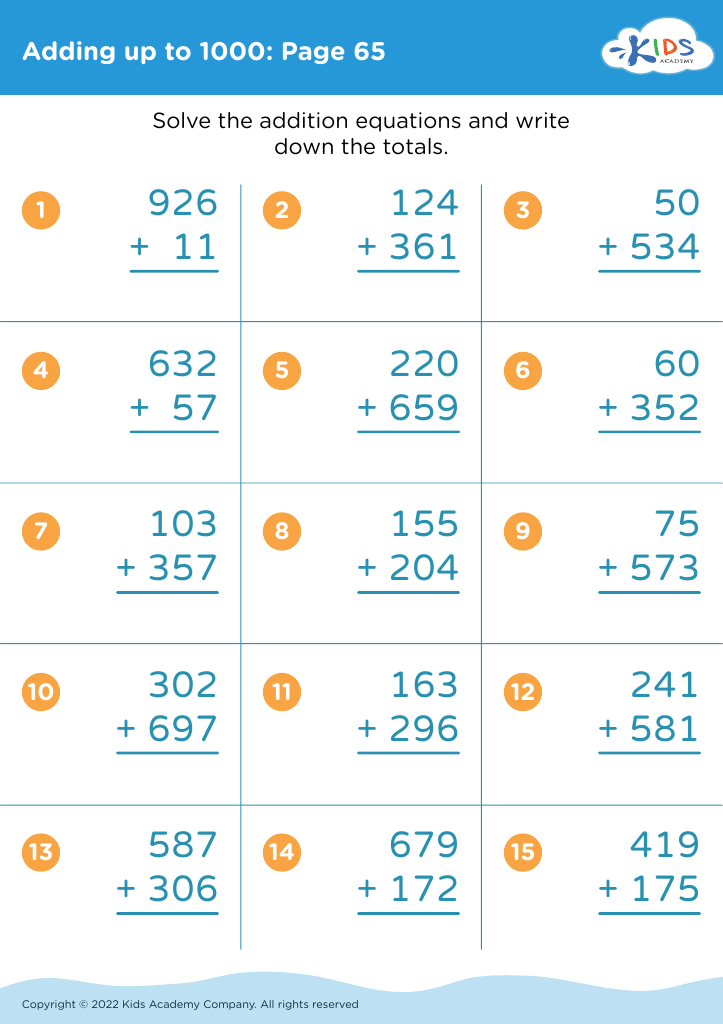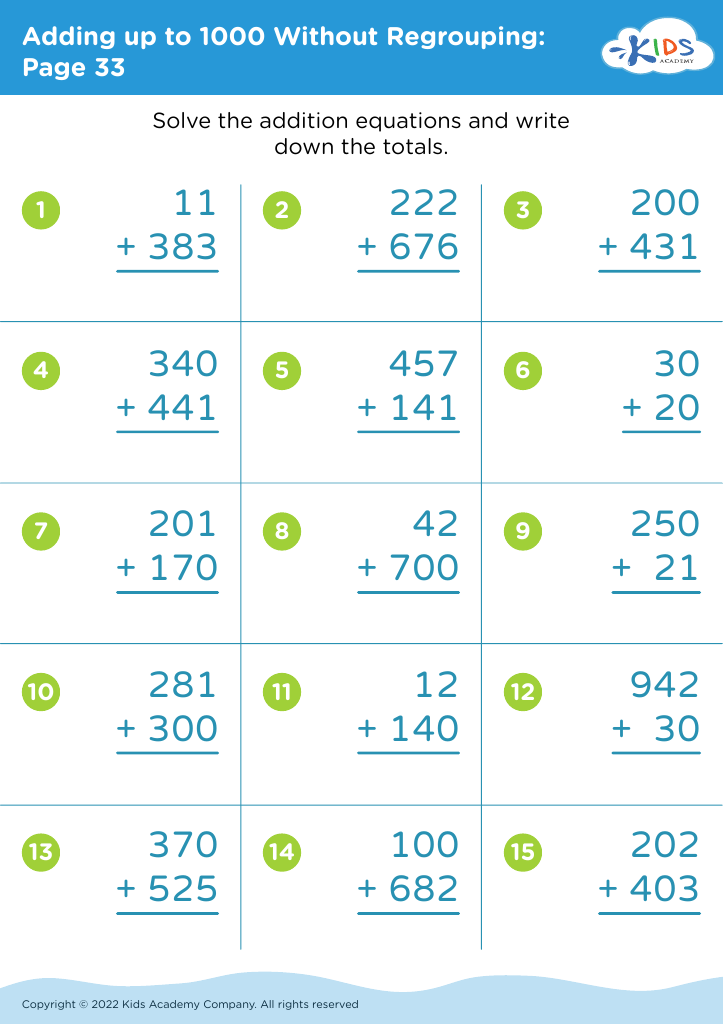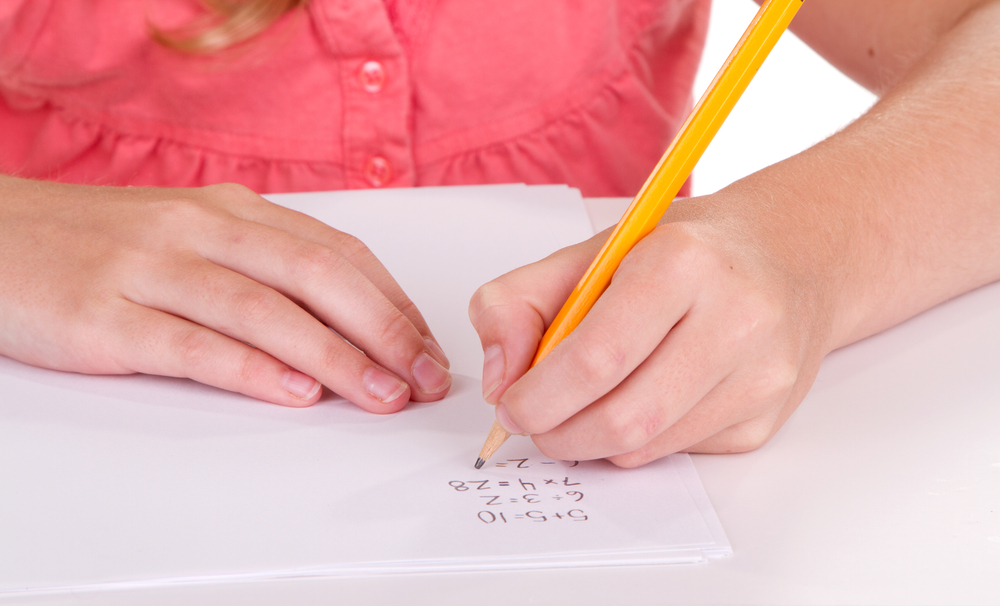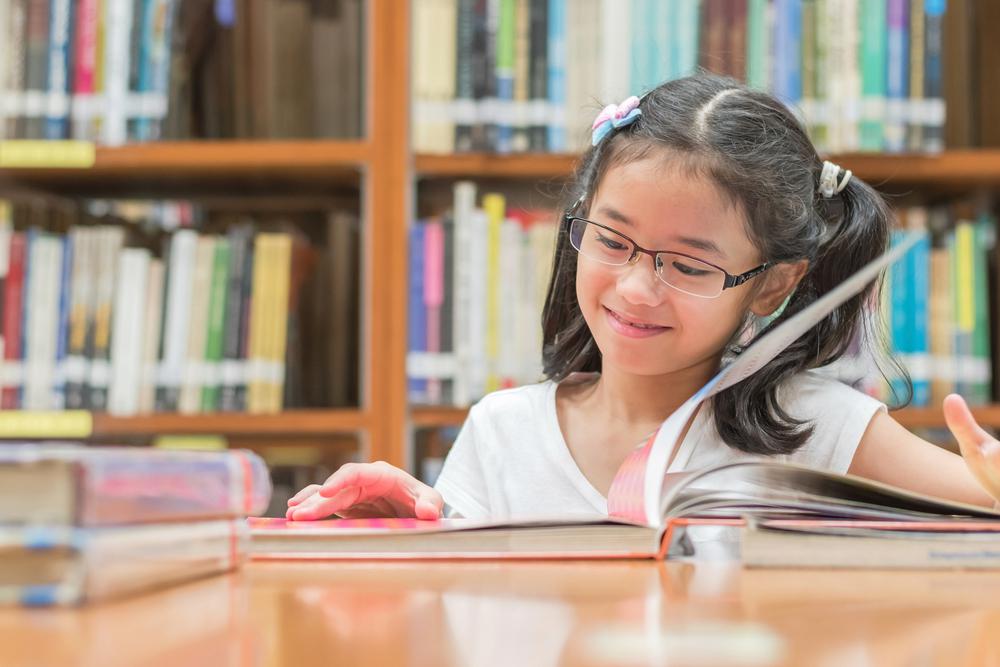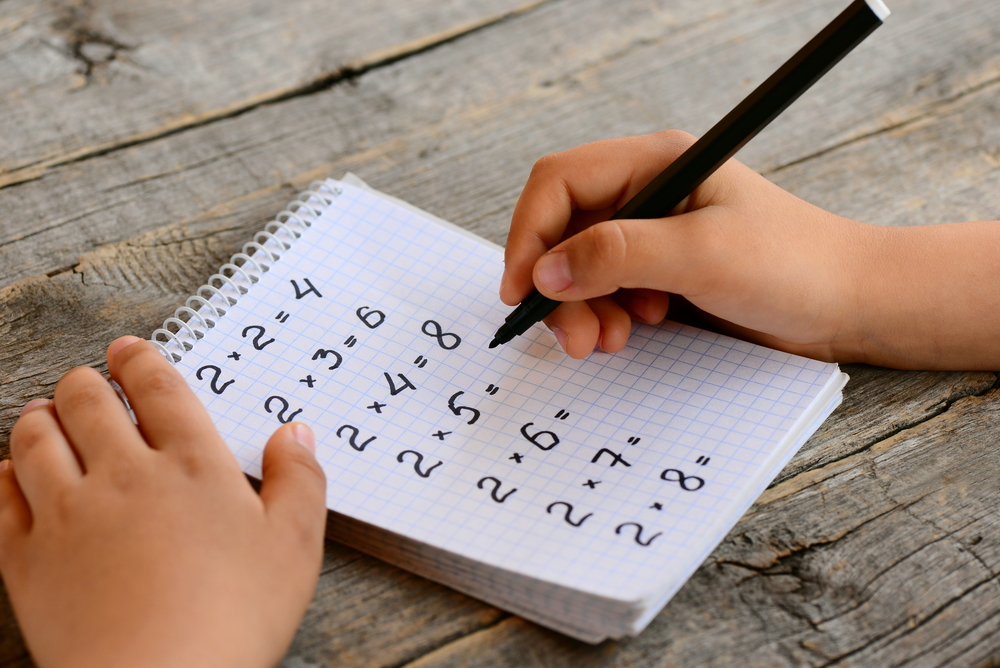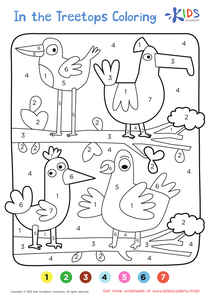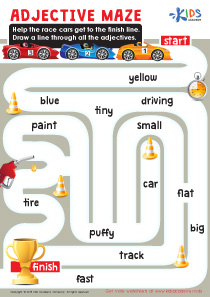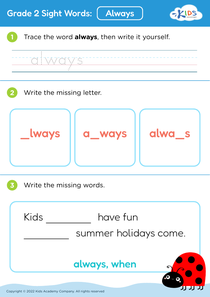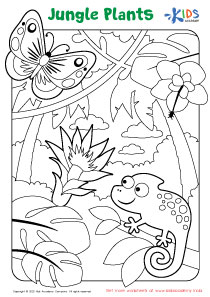Pattern recognition Grade 2 Worksheets
8 filtered results
-
From - To
Explore our engaging Grade 2 Pattern Recognition Worksheets designed to enhance your child's problem-solving skills and critical thinking. These worksheets provide fun and interactive activities that help students identify, create, and complete patterns using shapes, colors, numbers, and more. By practicing pattern recognition, children develop essential math skills while boosting their analytical abilities. Our worksheets are perfect for classroom use or at-home learning, offering a variety of exercises that cater to different learning styles. Download and print these vibrant worksheets to inspire creativity and confidence in your young learners as they master the art of pattern recognition!
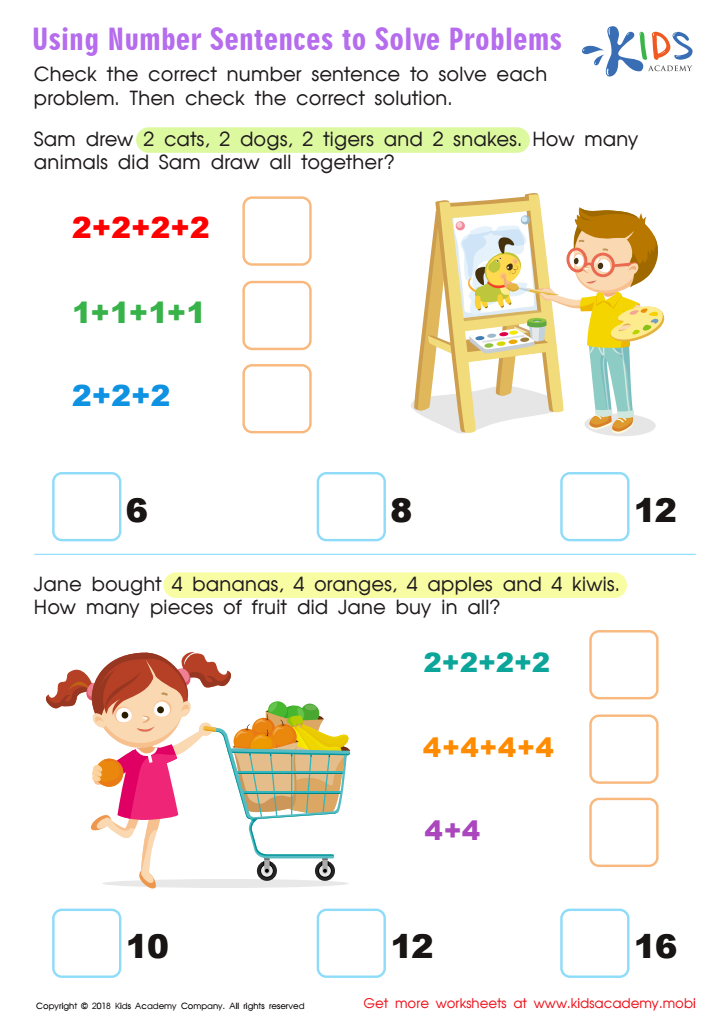

Using Number Sentences to Solve Problems Worksheet
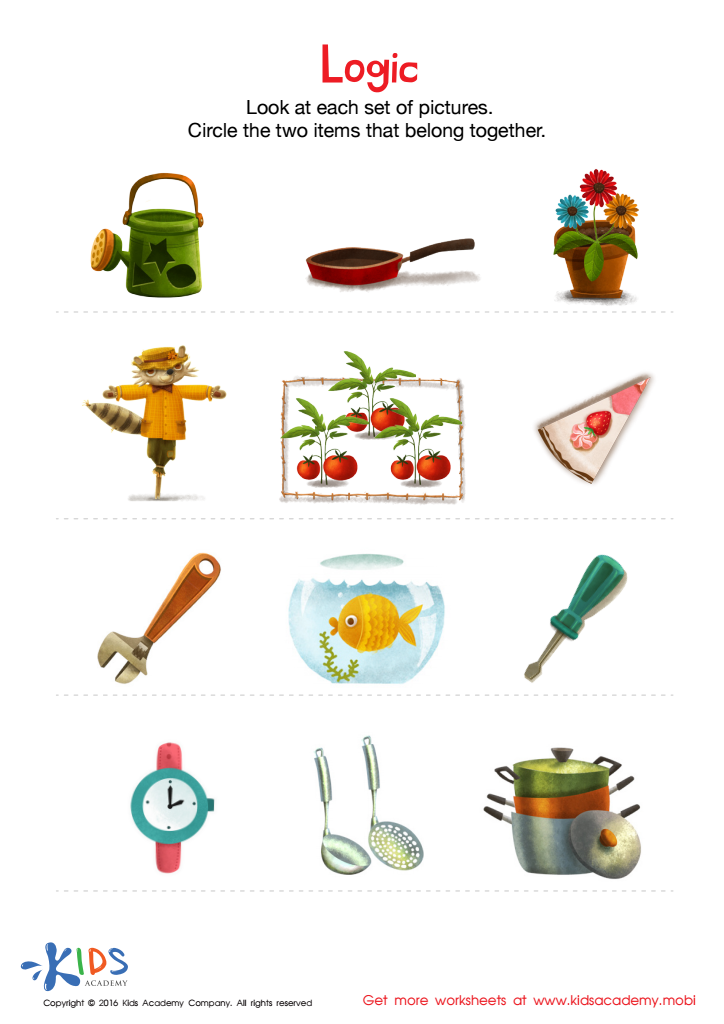

Logic Game Sorting Worksheet
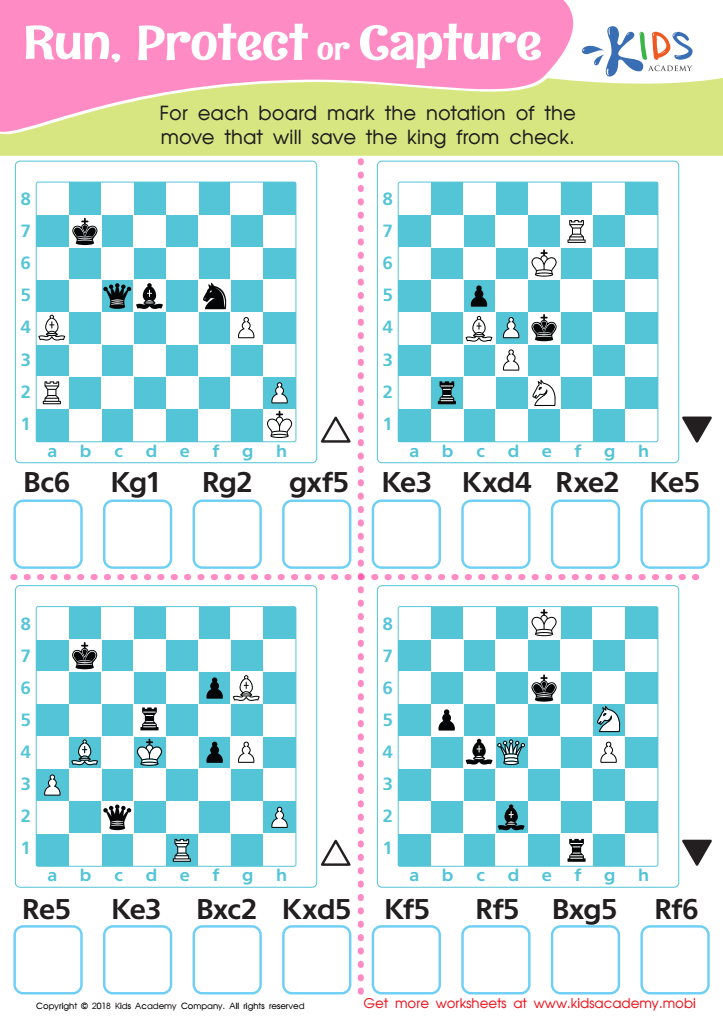

Run, Protect or Capture Worksheet
Pattern recognition is a fundamental skill that significantly enhances early learning, particularly for Grade 2 students. For parents and teachers, nurturing this skill is crucial because it lays the groundwork for critical thinking and problem-solving abilities. Recognizing patterns helps children make sense of their environment, from observing sequences in nature to understanding foundational math concepts, like addition and subtraction.
As students engage in pattern recognition, they develop cognitive skills that allow them to identify relationships and predict outcomes. This skill supports various subjects, including math, science, and reading, as it encourages logical reasoning. For instance, recognizing patterns in number sequences prepares students for more complex arithmetic tasks.
Moreover, pattern recognition fosters creativity and innovation, encouraging children to think outside the box. It also enhances memory and attention span, enabling students to focus better on tasks. When parents and teachers prioritize this skill, they provide children with the tools to succeed academically, socially, and emotionally. In essence, by investing in pattern recognition, educators and caregivers influence students' overall learning trajectories, equipping them with essential skills that will serve them well throughout their educational journey and beyond.
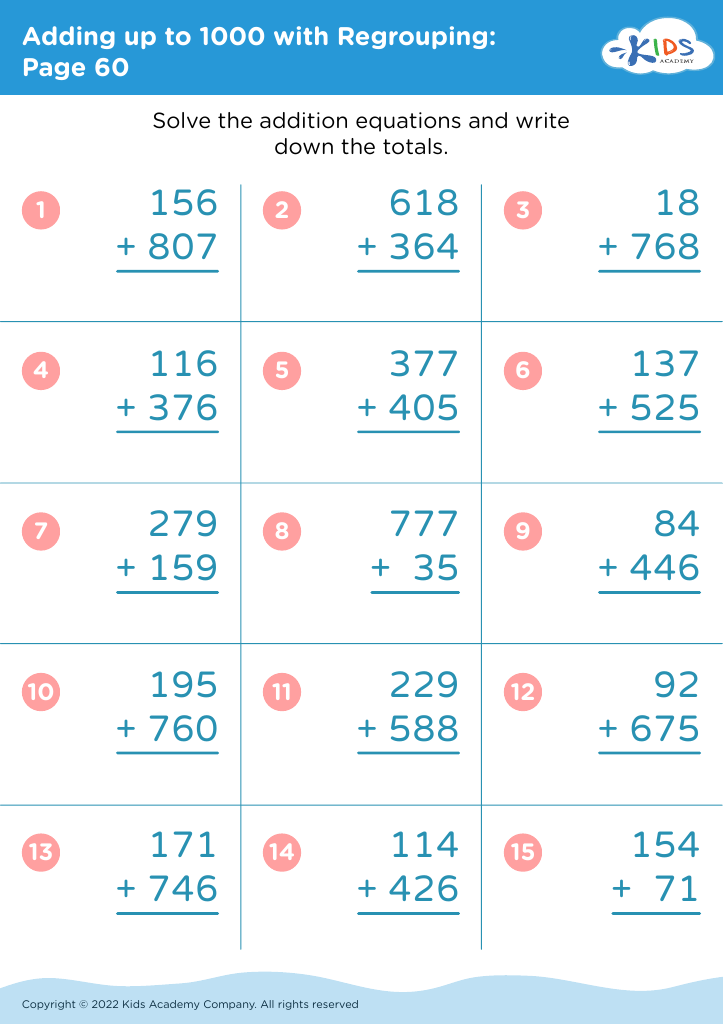
 Assign to My Students
Assign to My Students
